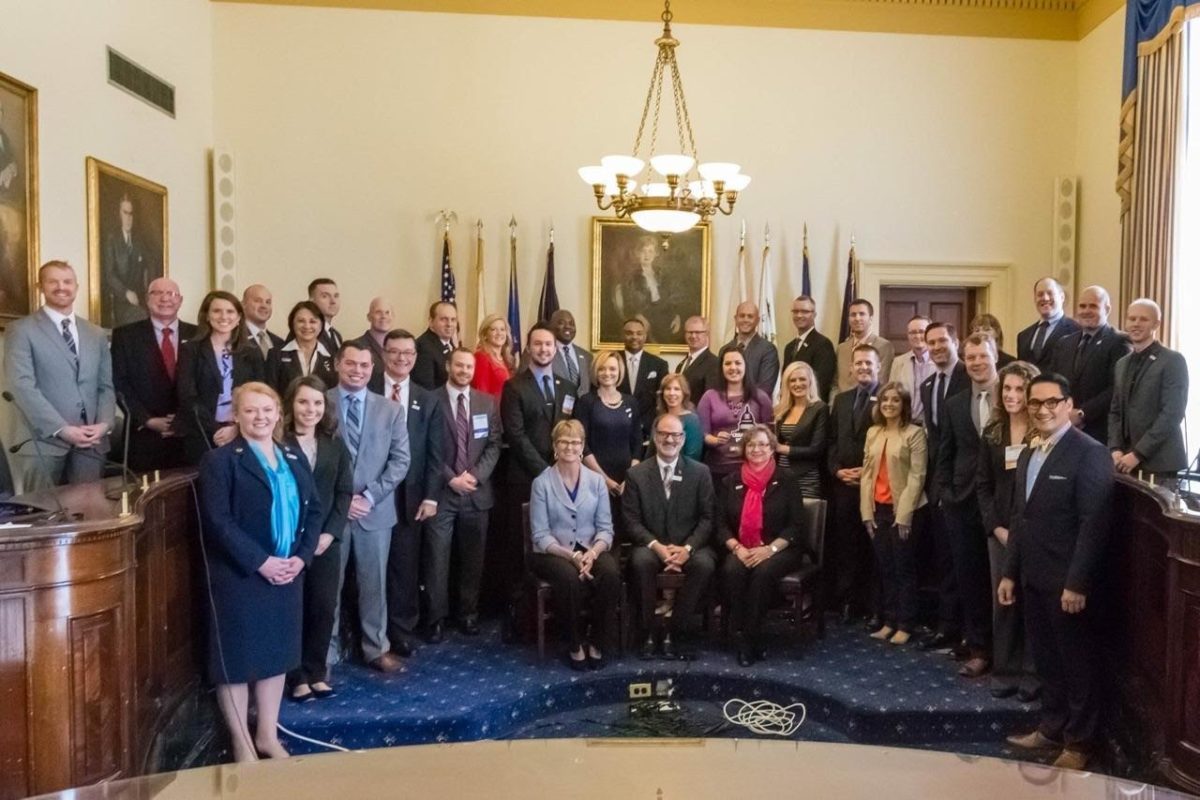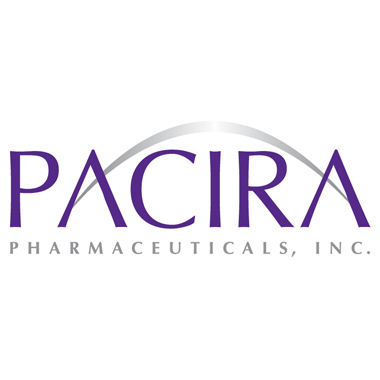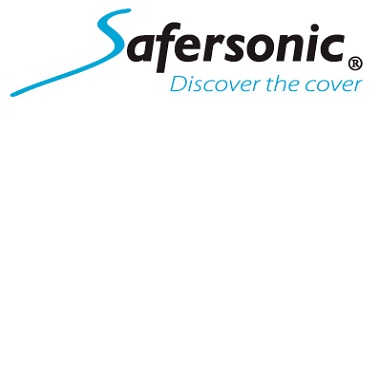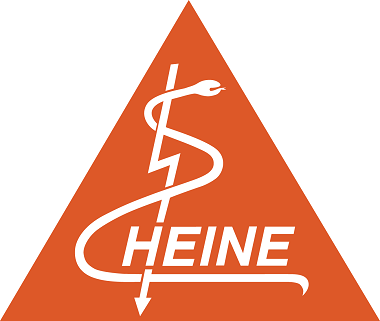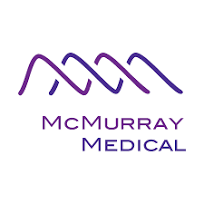About AVANAIn 1973, twenty-six (26) VA CRNA’s created AVANA. From the beginning, education has been our first priority. In 1974, the first educational workshop was held in Des Moines, Iowa. Annual educational symposiums have continued in various locations nationwide.
AVANA Objectives
Organizational StructureAVANA LogoDoris Gant, CRNA, of Nashville, Tennessee, created the AVANA logo on September 10, 1978. The logo symbolizes the mythical god Morpheus, the transformer of dreams, the son of Sommus (Hypnos) the god of sleep. AVANA HistoryIn 1972, Ms. Bonnie Winters, CRNA at the Westside VA Hospital in Los Angeles, California contacted every VA station and listed all nurse anesthetists, their supervisor, job description, individual responsibilities, step, grade and years of employment. Then at the AANA meeting in 1973, 26 VA CRNAs met and organized the Association of Veterans Administration Nurse Anesthetists. A constitution and set of Bylaws were drawn up. Among these founding members were Phyllis Roberts, the first President of AVANA, Romona Doran and Bonnie Winters. Ms. Winter’s data was complied and used as documentation to open up the Chief Grade for all nurse anesthetists to attain and the position of Chief Nurse Anesthetist. Before this time Nurse Anesthetists were grouped in the same pay schedule as nurses. This required the passage of four legislative bills and many trips to Central Office and Congress, usually at personal expense, to lift the ceiling that most nurse anesthetists were at. These visits to Central Office officials and their recognition of our nurse anesthesia service throughout the VA system lead to the formation of the Anesthesia Advisory Committee to Central Office. This group was made of two nurse anesthetists, Bertie Williams and Bonnie Winters, Raymond Nichols, MD, the AVANA Medical Advisor, as well as surgeons and anesthesiologists. This group supported the AVANA endeavors such as the 1-3 step increase for Educational Advancement or election to a national office. At the same time, permission for the CRNA to administer regional anesthesia was started. The AMIS report was expanded to include the recognition and documentation of the anesthetics delivered by nurse anesthetists. “Compensatory Time” was introduced for “rest and recuperation” of the CRNA, to be Accumulated and used instead of annual or sick leave, as AL required advance approval so the CRNA was left with SL to be used after a night of call. Again, it took the passage of several congressional bills for the VA to add compensatory time to the leave policy. The policy was changed from “use the morning after the hours were earned”, which was often impossible at many stations, to the “accumulation and use” when the individual needed it. AVANA was very involved when the idea of “salary survey” was considered as a means of gaining a better hold on the correct salary for nurses and CRNAs. Two CRNAs attended the meeting in Central Office that designed this policy. Unfortunately, this policy did not accept AVANA’s position that the biggest competitor for the CRNA, and the pay scale to be compared, was the group practice, fee for service or locum tenant’s pay as opposed to the pay scale of the hospital employed CRNA and years of nurse anesthesia experience. Of the various surveys and studies that the AVANA has completed, one that was done early on, was the utilization and anesthesia alarms and gas evacuation systems throughout the VA stations. The results of this survey was utilized by Central Office to develop VA regulations and policies, as well as utilized by other groups. From the beginning, education was listed as AVANA’s first priority. In 1974 the first educational workshop was held in Des Moines, IA. Annual educational symposiums have continued in various locations nationally since that time. AVANA continues to work for all VA CRNAs on both the local and national level. This organization is only as strong as it’s members and we owe a debt of gratitude to the early members who worked so hard, often at their own expense, to achieve the status and many of the privileges that we have as CRNAs in the VHA today. Where is AVANA?
AVANA can be found each year at the following events:
|


